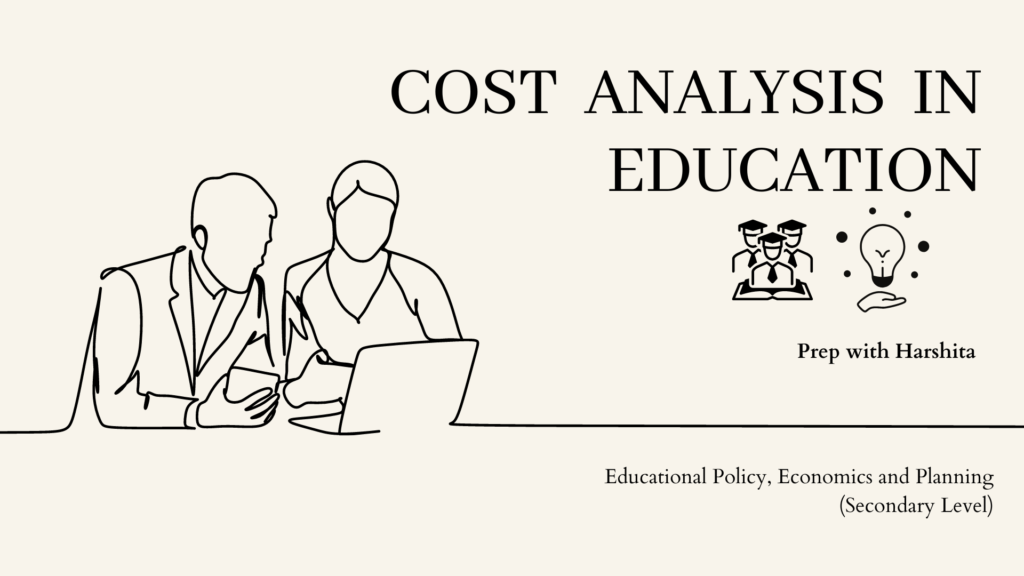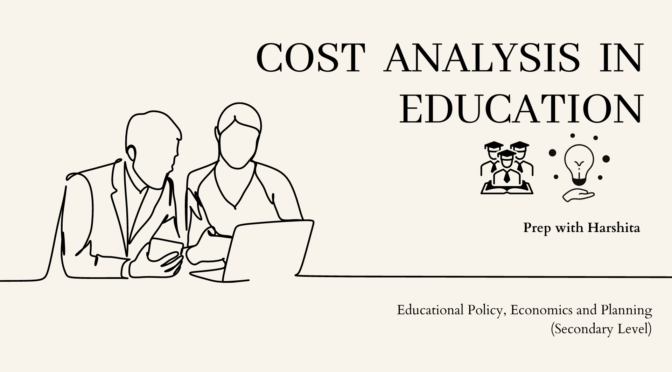Cost analysis is an important tool used in education to evaluate the financial factors of educational programs, policies, and interventions. It involves a systematic assessment of the resources needed to implement an educational program or policy and the possible benefits that it can generate.
The primary and main objective of cost analysis in education is to provide decision-makers with accurate and relevant information to make decisions about the allocation of resources. This information can help policymakers and decision-makers to understand the best use of available resources, identify cost-effective strategies, and increase the benefits of educational programs and policies.
It typically involves identifying all the costs associated with the educational program or policy, including direct costs such as salaries, materials, and equipment, and indirect costs such as administrative overhead. Once the costs are identified, they are estimated to determine the amount of each cost item and the total cost of implementing the program or policy.
The cost-effectiveness and cost-benefit analysis are also conducted in education to evaluate and understand the potential benefits of the program or policy and determine whether the benefits justify the costs. These analyses require a comparison of the costs with the outcomes of the program or policy, such as improved learning outcomes or increased student engagement.
Overall, It is an essential tool in education to ensure and maintain the efficient and effective use of resources and to achieve the desired educational outcomes.



2 thoughts on “Cost Analysis in Education”